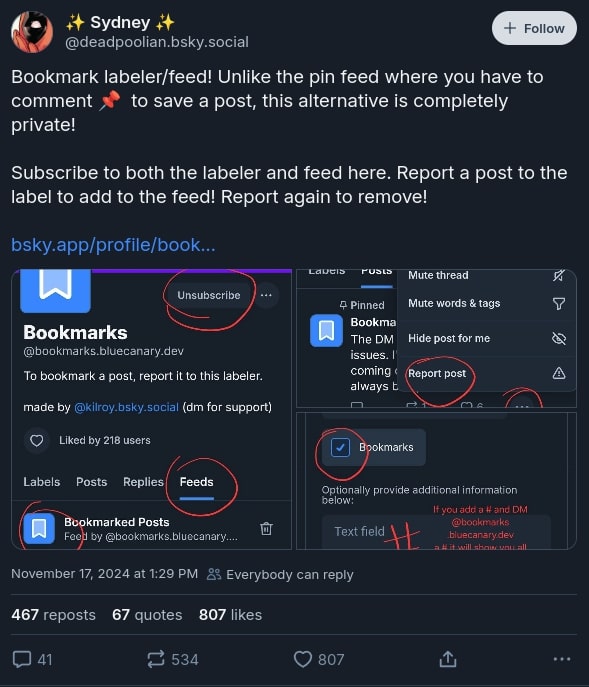Things I love to see in my product include how certain users make use of the data structures, forms, tables, etc., to perform actions that aren’t originally possible within the product itself.
For example, imagine I have a data structure for categories, where there is a table of categories and a form to create a new category. These categories can be associated with products, where a product belongs to a category, and a category can have many products. This data structure can also be used for other purposes, such as saving the physical location of a store’s products.
I have multiple users who have used certain features of my product to do something else entirely, with its own layers of complexity.
When this type of innovative use occurs, I usually proceed as follows:
- Assess whether a feature is worth implementing, such as taking the workflow and turning it into a feature with its own menu entry.
- Contact the user to thank them for their innovation and let them know that I am considering adjustments to accommodate it.
- Acknowledge myself for “catching the feature” for a sweet dopamine boost.
“ACA,” ergo “acá,” means “here” in Spanish, and I think that’s beautiful.
I’ve noticed that when I consider these features:
- The rest of my users will benefit from this change or feature. It enables me to provide direct value.
- The user who provided the feedback will feel like a part of the product because they indeed are.
- It reinforces my belief that staying in contact with users is beneficial.
Although I don’t have many users right now, I feel like I’m building something alongside them. On the other hand, they understand that I’m building a product for them, but also include them in the process.
This is crucial, as we are often not considered in the products that we use. Even if there is community involvement — a trend I’ve seen many companies adopt — there’s often too much noise to reach clear decisions.
While I’m aware that maintaining direct contact and influence with all clients may become challenging as the product grows, I’m also optimistic that I will find a way to make the user always feel considered and heard.
An Up-to-Date Example
I published the link to this post on my Bluesky account ⧉ and subsequently discovered another interesting post in my feed.
This Bluesky post walks through a method for implementing bookmarks in Bluesky - a feature that, at the time of writing, is not officially supported.
The account, which acts as a moderator, creates a list for a user based on the reports received. This list compiles the posts that the user has “bookmarked” in one location.
This innovation happened because the fastest way for a user to send a post to another user is, surprisingly, by reporting it to their account, rather than mentioning them in a reply (which can be considered spam) or copying the link and sending it via direct message.
This is a very good example of what to watch for from a power user.
